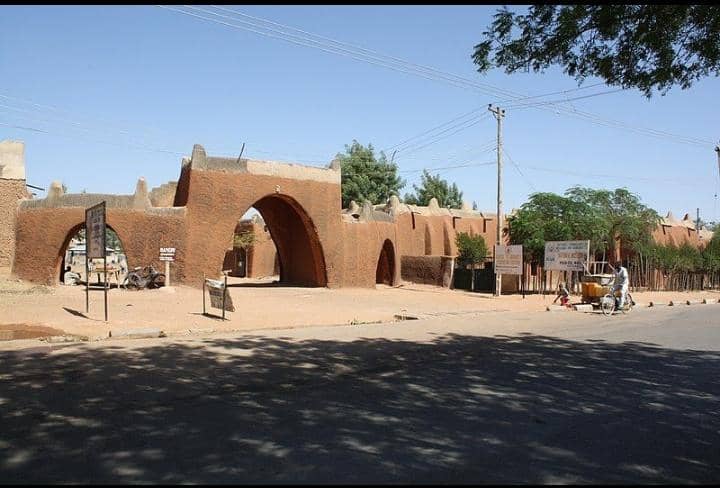The Katsina Teacher’s College, established in 1921, is the oldest institution of higher learning in northern Nigeria. Built with red-baked mud and fired clay, the college remains a prominent tourist attraction and a symbol of the region’s cultural heritage. It was declared a Historic Monument in 1959.
Read also:
- International Women’s Day: Origins, History, Significance, and Theme
- 5 Most Popular Festivals in Northern Nigeria
- The North Pole: Land of Extremes and Scientific Exploration
- Pyrgi Gold Plates, The Garima Gospels… Top 12 Oldest Books in the World
The college was founded by Sir Hugh Clifford, the then governor of the Northern Region, to train teachers who could “as true men could replicate themselves, teachers who could be future leaders, whose characters would have been sufficiently molded to shape society”.
It started with an initial intake of 50 students from across the northern provinces. Prominent alumni of the college include Sir Ahmadu Bello, the former Premier of Northern Nigeria, and Tafawa Balewa, the first Prime Minister of Nigeria, Sir Kashim Ibrahim, northern governor among others.
The college was later relocated to Kaduna and then Zaria, where it was renamed several times, but the original Katsina College building was recognized as a national monument.
Before the introduction of Western education, Islam was the dominant learning system in the northern region. The colonial authorities faced a challenge in establishing the Katsina College, but they approached the issue cautiously and eventually succeeded in setting up the institution.
History Ville

